One of the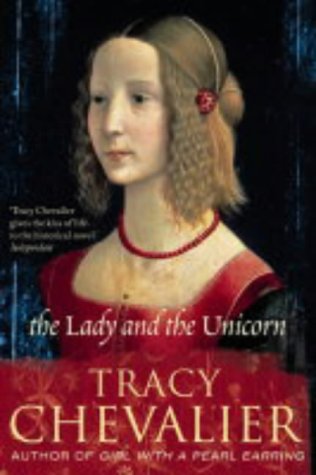 virtues about writing historical novels is that it can give you an insight into crafts of the past. In her article in the Historical Novels Review, Tracy Chevalier talks about her willingness to learn these skills hands-on when she is researching her books.
virtues about writing historical novels is that it can give you an insight into crafts of the past. In her article in the Historical Novels Review, Tracy Chevalier talks about her willingness to learn these skills hands-on when she is researching her books.
In ‘The Lady and the Unicorn’ I found a tapestry weaving studio in the south of England – it’s actually a college which has all these different classes in crafts and restoration. This studio uses mediaeval techniques and they had been commissioned to reproduce the hunt of the unicorn … for me it makes all the difference. (from The Historical Novels Review)
Many novelists research skills and crafts, and these add to the texture of the novel. For ‘A Divided Inheritance’, I researched the craft of swordsmithing, which is a kind of alchemy using fire, water and sand — a process of transformation which became a major underlying theme and a metaphor throughout the book. This idea is common in creating historical fiction. In one of her other novels, ‘Burning Bright’, Tracy Chevalier investigates the lost art of button making. ‘The Glassblower of Murano’ by Marina Fiorato features the making of seventeenth century Venetian glass. And there must be many American novels that feature the sewing of the family quilt, its manufacture mirroring the attachments and tensions of the families making it.
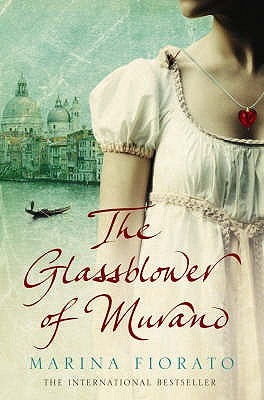 For me researching the actual physical object from the period, and how it was made helps to immerse me in the time, and anchors me to that particular period. By considering texture of the actual objects and how they were handled, the writer is better able to convey their physical qualities and so engage the reader. These ancient techniques, so unfamiliar and long forgotten, feel fresh and new to the reader, who picks up a work of historical fiction to be educated as well as entertained.
For me researching the actual physical object from the period, and how it was made helps to immerse me in the time, and anchors me to that particular period. By considering texture of the actual objects and how they were handled, the writer is better able to convey their physical qualities and so engage the reader. These ancient techniques, so unfamiliar and long forgotten, feel fresh and new to the reader, who picks up a work of historical fiction to be educated as well as entertained.
The particular language of these crafts, with their specific terminology adds a vocabulary of unique words, little gems which are not used anywhere else – adding zest and vigour to the actual prose, like spices in a bland dish. For sword-making it was the raw chunks of iron in the ‘bloomery’, the ‘tang’, which is the part of the blade that will sit in the handle, ‘fullering’ to make ridges in the blade, and the hiss and steam of ‘quenching’ the hot metal. Only in historical fiction can we get away with describing such ordinary things in such great detail and this adds much to the reader’s enjoyment.
An extra interest to me as a writer is the fact that whenever I research one of these crafts, the techniques and considerations that the craftsman uses are very much like the techniques I use as a writer. This allows me to embed the craft both in the superficial story and in the underlying structure of the novel. Researching ancient crafts not only allows the reader to see more depth in the world that’s been created, but also for the writer to learn something new by analogy. The processes of historical craftsmen have much to teach us about our own craft of manufacturing a novel.
Other novels I recommend are ‘The Illuminator’ – 14th century illuminated books, ‘The Needle in the Blood’ – 11th century embroidery, and ‘Watermark’ – 14th century papermaking. Or how about 12th century cathedral builders and masonry with ‘Pillars of the Earth’ or even Prue Batten’s celtic fantasy ‘The Stumpwork Robe’?
Do you know any other books to recommend which feature crafts not mentioned here?
You might also like the other three posts (so far) in this series:
Virtue no 1 – Bravery
Virtue no 2 – The Non-fiction Novel
Virtue No 3 – Past Does Not Exist
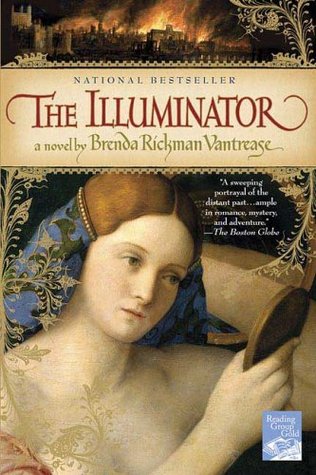
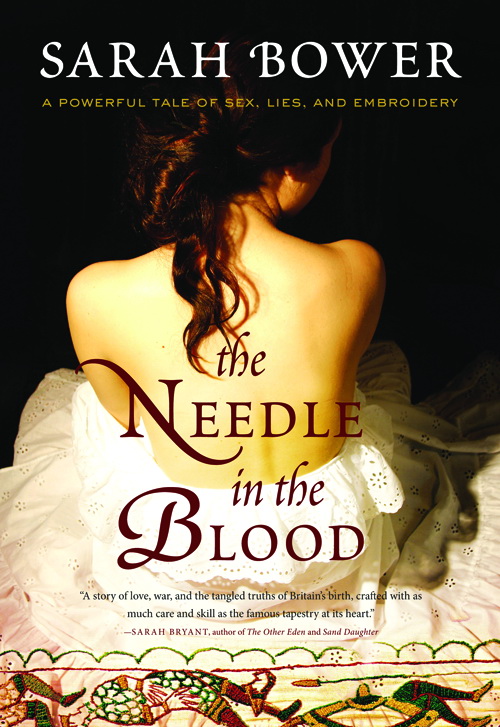

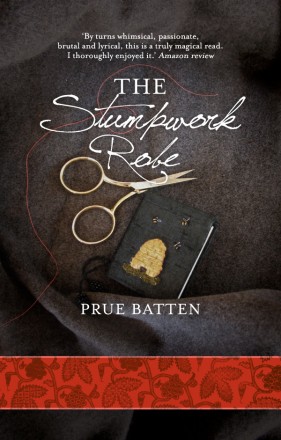



I hadn’t even thought about this before, but whenever I read a historical novel now I’ll be spotting the crafts!
If I can find one that deals with the making of stained glass I’ll be happy.
I haven’t come across one dealing in stained glass. There must be one out there somewhere. Can anyone help? Maybe I should write one myself!
Very interesting, and very practical and productive, I’m sure….
It reminds me, actually, of an interview I once heard with Albert Finney, before he played Arthur Seaton in the film adaptation of Saturday Night & Sunday Morning – it being similar for actors as for writers is my point, as in playing roles. He worked at the main Raleigh factory in Nottingham for a while, making parts for bikes, because that’s what his character does in the film. He was therefore able to adapt to the role more easily.
Great post 🙂